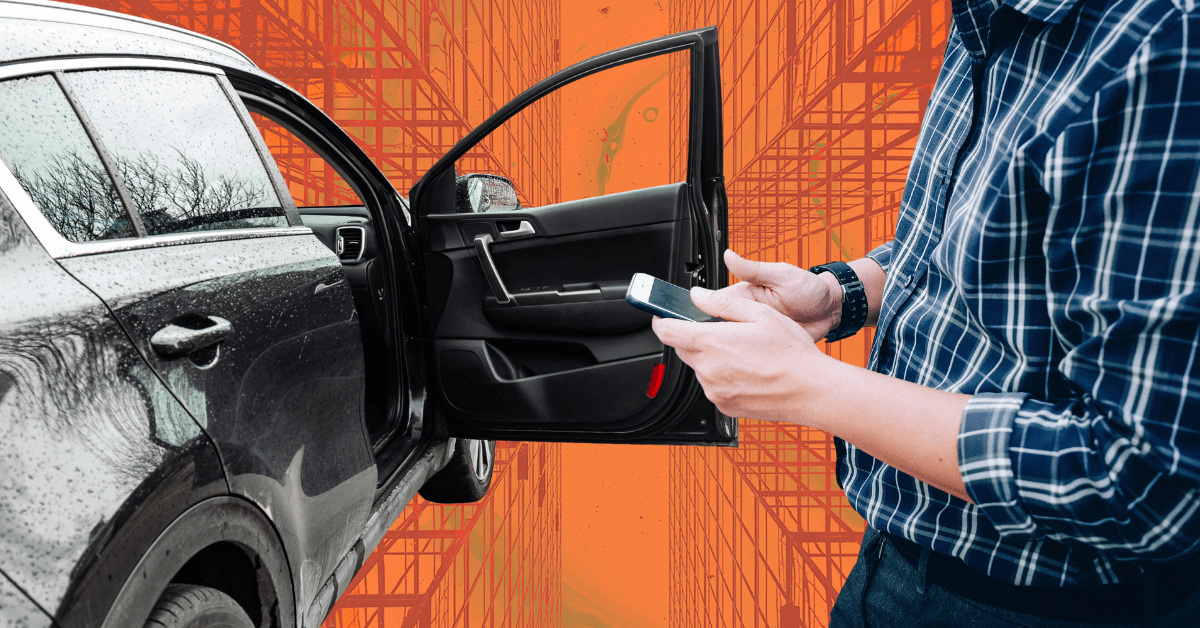
Funding is coming for green school buses
The EPA’s new program replaces old buses with more efficient models.
Published:
Updated:
Need the full story?
Sign up for The Hustle to get the business world's wildest stories delivered daily. This one's on us.
Related Articles
-

-

The third-party apps Uber and Lyft are trying to kill
-

Is Uber’s new ‘bus’ doing more harm than good?
-

What will self-driving cars be like inside?
-

How did Waymos become the ethical tech trend?
-

The hum of a hundred helicopters
-

C’mon and ride the train
-

Meet the new Jag, nothing like the old Jag
-

Should we walk or hail an air taxi?
-

Lights, camera, climate change? Hollywood cleans up its act


